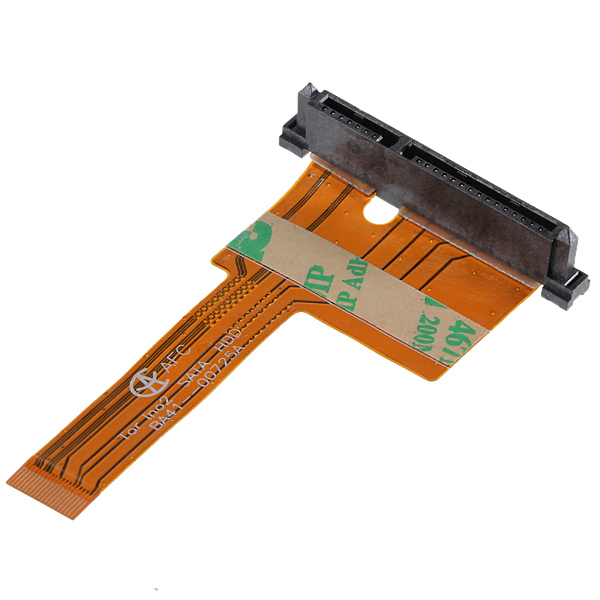
At present, various flexible electronic devices are proposed for various applications, such as pulse and activity monitoring, electrolyte balance measurement and so on. This makes it difficult to generalize and universalize the electronic devices of flexible circuit boards. However, most of the flexible electronic devices proposed at present involve sensors, power supply, onboard data storage, analytical electronic devices and some form of communication components for configuration and data transmission.

Compared with rigid electronics, flexible PCB prototype has certain advantages in cost and availability. Data from flexible electronic products may be used to support treatment decisions for patients with chronic diseases, so accurate and consistent measurements are essential. It is a patch that can bend and stretch like skin. It has better wearability than larger devices. Moreover, electronic equipment manufactured with printed circuit technology may be cheaper. If the equipment needs to be designed for one-time for hygienic reasons, the cost is also a very important consideration.
However, with the popularization of applications, the contradiction and balance between flexibility and performance of flexible PCB prototype is reflected very quickly. Although printable semiconductor technologies have made remarkable progress in the past few years, they still fail to match the high performance of advanced silicon wafer devices. Based on this, many observers expect flexible electronic devices to use hybrid technology that combines very thin silicon logic, communication circuits, printable sensors and possible power supply.
Next, a flexible drive is used to pull the nickel layer until the underlying substrate fails and cracks about 20 microns below the buried oxide. This method has good expansibility and is a process that can be operated at room temperature. It is suitable for any brittle base plate.
Strain engineering is an important feature of advanced process flow, but strain engineering of flexible devices has hardly carried out any research work. By controlled stripping, the semiconductor will undergo residual compressive strain after being released from the substrate.
Due to the limitation of output and the large area required for printed electronic devices, all electronic devices using printing technology may only accommodate hundreds of transistors at most. Therefore, hybrid electronic technology is attractive. The line width of the most advanced printed circuit can only reach tens of microns. Nevertheless, for cost-sensitive applications, such as disposable sensors for medical examinations, printed electronics has tremendous advantages.
Medical sensors still have a long way to go, especially in the face of commercial applications. However, some technology platforms are emerging that can support many possible different uses of flexible electronic technology.